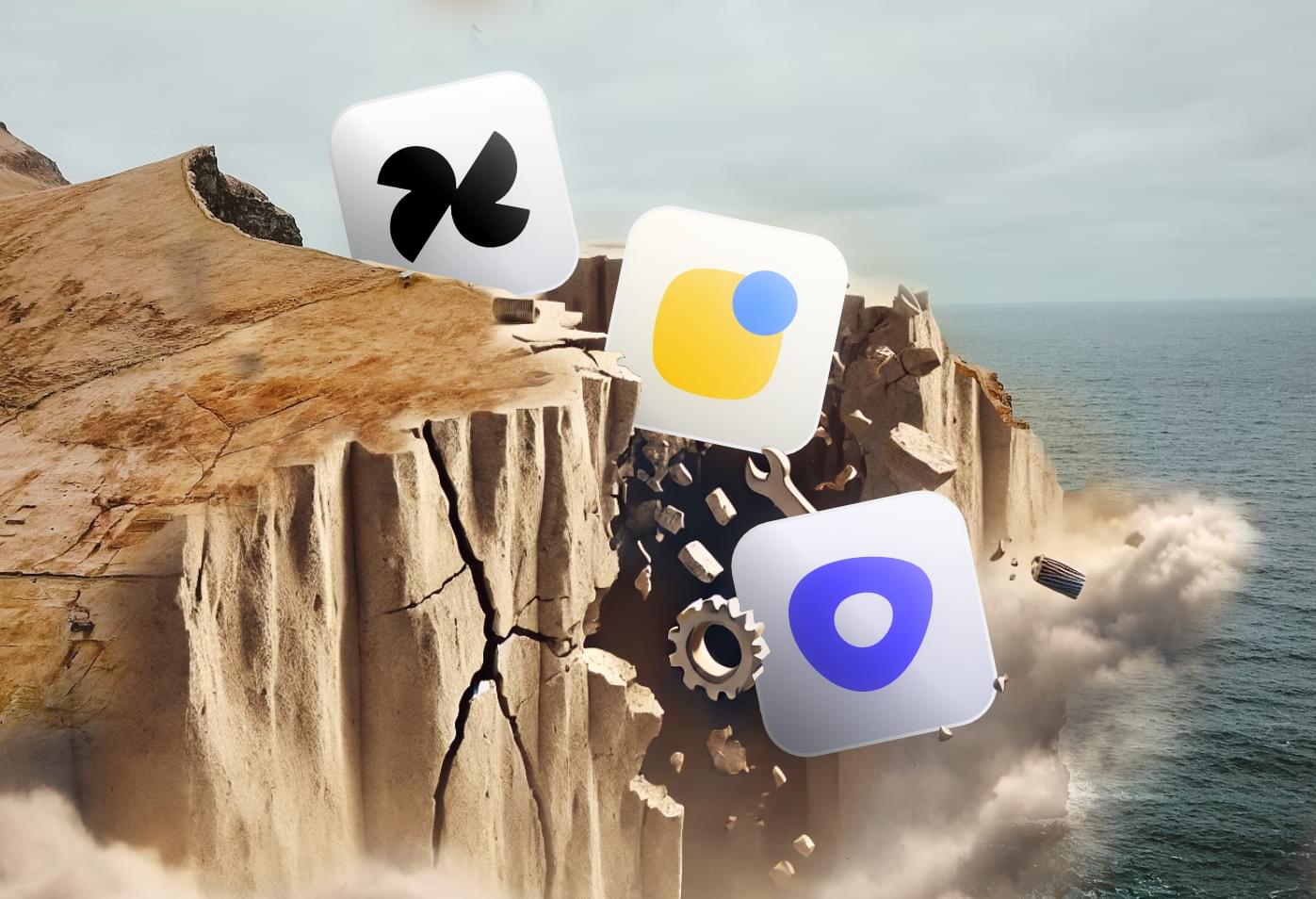 View all posts
View all posts The Great Sales Stack Split: Why 2025 Changes Everything
December 17, 2024The average Series B startup spends over $100K yearly on sales automation. And for what? Declining response rates and saturated inboxes. But something's changing, find out what.
In 2024, the average Series B startup spent over $100k on sales automation tools. They deployed Apollo or Outreach, integrated it with LinkedIn Sales Navigator, and “hired” AI SDRs to personalize messages at scale. It was expensive, generic, and increasingly ineffective.
But something remarkable is happening. At Dream, our FMCG customers are achieving 23% response rates from cold outreach - numbers that would have been unthinkable just twelve months ago. These aren’t tech companies either; they’re challenger brands reaching out to retailers, hotels, and distributors that rarely appear on LinkedIn.
This isn’t just another sales tool success story. It’s evidence of a fundamental shift in how businesses will approach sales automation in 2025.
The Hidden Problem with Traditional Sales Automation
For years, sales automation has been built around LinkedIn and structured data. Tools like Apollo excel at detecting when a tech company raises money or changes their tech stack. But what about when a hotel renovates their property? Or when a bar changes their cocktail menu? Or when a retailer starts stocking competitor products?
These crucial buying signals exist outside of traditional data sources, buried in websites, menus, and social media posts. Until now, they’ve been invisible to automation tools.
The AI Revolution: Making the Invisible Visible
Large Language Models have changed this equation. Modern AI can read and understand unstructured information at scale, transforming previously inaccessible data into actionable intelligence.
This capability is spawning a new generation of vertical-specific sales tools. Instead of generic automation attempting to serve everyone, we’re seeing specialized platforms emerge for specific industries - each understanding the unique buying signals and decision-making processes of their market.
The Coming Market Split
Through 2025, we’ll see the sales automation market divide into two distinct segments:
Enterprise: Large organizations will move away from generic solutions. They’ll build customized AI sales teams using platforms like Salesforce’s Agentforce, integrating deeply with their existing tech stacks and processes.
SMBs/Mid-Market: These businesses will gravitate toward vertical-specific tools that deeply understand their industry. The one-size-fits-all approach is ending.
Why Now?
Two catalysts are driving this change. First, the advancement of LLMs (with GPT-5 and new versions of Claude incoming) is enabling deeper understanding of industry-specific data.
Second, and crucially, AI is dramatically reducing software development costs. Small teams can now build sophisticated, industry-specific tools at a fraction of traditional costs. This means more specialized solutions will emerge for previously underserved markets.
Looking Ahead
Through 2025, expect:
- Vertical-specific AI sales tools proliferating across industries
- Traditional automation tools either specializing or losing market share
- More affordable, specialized solutions for smaller businesses
- Enhanced integration with industry-specific data sources
The Bottom Line
The future of sales automation isn’t about sending more emails or surface-level personalization. It’s about having deep, industry-specific intelligence that can identify and act on real buying signals.
For businesses still relying on generic sales automation tools, 2025 will be decisive. The question isn’t whether to adopt vertical-specific AI, but which solution best fits your industry’s unique needs.
The age of generic sales automation is ending. The era of intelligent, industry-specific AI is beginning.